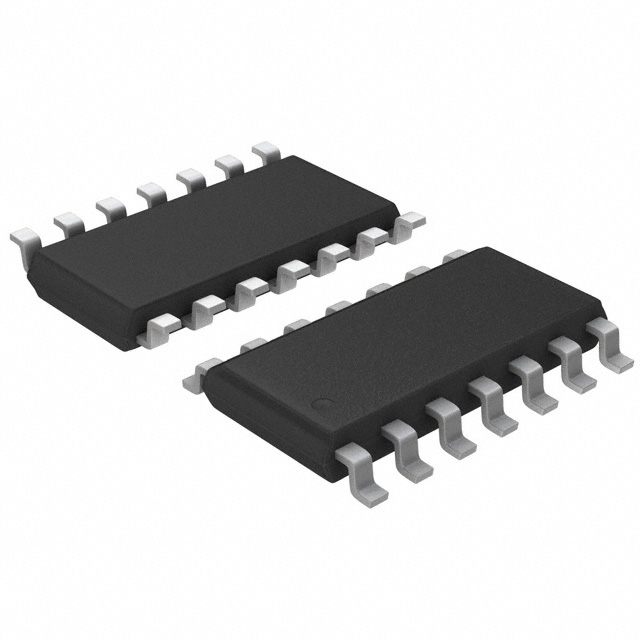

Texas Instruments
LMC660AIM/NOPB
OP Amps, Buffer Amps ICs




.png?x-oss-process=image/format,webp/resize,p_30)


LMC660AIM/NOPB Description
LMC660AIM/NOPB Description
The LMC660AIM/NOPB from Texas Instruments is a high-performance CMOS quad operational amplifier designed for precision analog applications. Packaged in a 14-SOIC tube, it features ultra-low input bias current (0.002 pA) and a wide supply voltage range (4.75V to 15.5V), making it suitable for battery-powered and industrial systems. With a 1.4 MHz gain bandwidth product and 1.1V/µs slew rate, it balances speed and power efficiency, drawing only 1.5mA per channel. Its ROHS3 compliance and REACH-unaffected status ensure environmental and regulatory compatibility.
LMC660AIM/NOPB Features
- Ultra-Low Input Bias Current (0.002 pA): Ideal for high-impedance sensor interfaces and precision instrumentation.
- Wide Supply Range (4.75V–15.5V): Supports diverse power configurations, including single- and dual-supply designs.
- Low Power Consumption (1.5mA/channel): Extends battery life in portable devices.
- High Output Drive (40 mA/channel): Capable of driving capacitive loads or low-impedance circuits.
- CMOS Technology: Ensures rail-to-rail output swing and minimal crossover distortion.
- Last Time Buy Status: Engineers should consider alternatives for future designs but leverage existing stock for legacy systems.
LMC660AIM/NOPB Applications
- Sensor Signal Conditioning: Photodiode amplifiers, piezoelectric sensors, and medical instrumentation benefit from its low input bias current.
- Portable Electronics: Energy-efficient operation suits handheld meters, wearables, and IoT devices.
- Active Filters & Integrators: The 1.4 MHz bandwidth enables accurate signal processing in audio and communication systems.
- Test & Measurement Equipment: High precision and stability make it ideal for data acquisition and lab instruments.
- Industrial Control Systems: Robust performance in harsh environments due to wide voltage tolerance.
Conclusion of LMC660AIM/NOPB
The LMC660AIM/NOPB excels in low-power, high-precision applications, offering a rare combination of ultra-low input bias current, wide voltage range, and CMOS efficiency. While it is on Last Time Buy status, its performance in sensor interfaces, portable devices, and industrial systems remains unmatched. Engineers should evaluate stock availability for legacy designs or transition to newer TI alternatives for long-term projects.
Tech Specifications
LMC660AIM/NOPB Documents
Download datasheets and manufacturer documentation for LMC660AIM/NOPB
 Alt Base Metal 31/Jul/2020
Alt Base Metal 31/Jul/2020  LMC660
LMC660  Mult Dev EOL 7/Sep/2023
Mult Dev EOL 7/Sep/2023  LMC660
LMC660 Shopping Guide























.png?x-oss-process=image/format,webp/resize,h_32)










